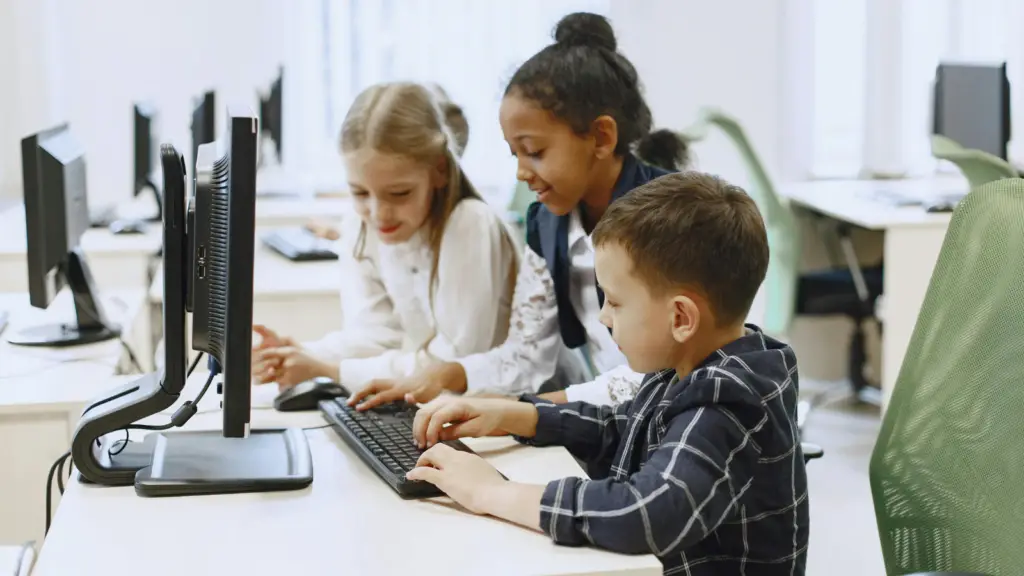For decades, students of color and those from low-income communities have faced persistent achievement gaps in our education system. Despite countless reform efforts, these students continue to encounter barriers to accessing high-quality, personalized instruction that builds critical thinking and problem-solving skills. Now, the emergence of generative AI represents an unprecedented opportunity to transform this inequitable system into one that truly serves all students.
The traditional one-size-fits-all approach to education has consistently fallen short, particularly for underserved communities. While measuring learning outcomes remains essential, our current assessment methods often fail to capture true mastery and ignore the experiences of students in low-income communities. More importantly, these methods frequently miss the mark in developing the critical skills students need for economic mobility in today’s rapidly-evolving world.
For thousands of schools ready to embrace change, AI-enabled tools can help realize the vision of hands-on, student-centered learning that educators have long sought. Take, for example, a unit in CommonLit‘s sixth-grade curriculum called “Our Changing Oceans,” currently used by millions of students. Instead of reading a textbook and answering multiple-choice questions, students imagine they work for an advertising team hired to create a commercial for an ocean conservation group. Students are introduced to new concepts but also given the agency to choose content that is of interest to them. Critically, students are assessed on their improvements not just in reading and writing but also in the science concepts and basic computational thinking practices (the ability to ask questions and solve problems with a computer) that are necessary in our digital world.
To be fair, teachers, administrators, and families at hundreds of schools across the country have been adopting these practices for years. But legacy constraints, such as how we organize our school day into the “one teacher, 30 students” classroom model, lack of access to high-quality instructional materials with aligned professional learning, ineffective assessments, insufficient technology, and general fear of the unknown, have made scaling such reforms challenging.
That’s where generative AI can shine, making this kind of active, engaging, personalized, and inquiry-based learning a reality—especially for students of color or those living in poverty who are often left out of innovative advancements. For example, AI lesson-planning tools can make it possible for teachers to develop inquiry-based learning experiences tailored to each student’s context and needs in minutes—and not just for one lesson, but for every lesson. This would have previously taken hours, if not months, making it virtually impossible for educators. AI grading augmentation, like Project Toni created by teachers on Playlab.ai, can handle routine administrative tasks such as organizing assignments, tracking student progress, and providing basic feedback. Ultimately, AI grading augmentation saves teachers time and allows them to focus on giving more substantive, personalized feedback to students on individual lessons—a practice that has been shown to lead to significant achievement growth.¹ Without AI tools, giving this kind of personalized feedback is out of reach for teachers, many of whom support hundreds of students.
But despite the possibilities, AI is also a cause for concern. According to Educators for Excellence’s 2024 Voices from the Classroom Report, although most teachers understand AI’s utility, they also have significant concerns about racially biased algorithms, inequitable access, and invasion of user privacy. They are worried they won’t have the training to know how to use it properly, or, worse, that it will replace them. But as Greg Toppo reminds us in his article on tutoring, while AI can be a powerful tool to supplement and enhance learning, it falls short in replicating the deeply social and engaging aspects of human interaction that are crucial for effective education. The key to unlocking the promise of AI is to tap into its potential to superpower our teachers, not replace them.
Local philanthropies have a crucial role to play in realizing AI’s potential in education. The Robin Hood Learning + Technology Fund supports organizations that help schools implement AI and other technology-enabled learning solutions, with approaches tailored to each community’s unique needs and circumstances. The Fund’s grantmaking strategy recognizes that effective innovation must be rooted in a local context, from schools’ existing technology capacity to community priorities and concerns. Beyond developing these context-driven solutions, we leverage our knowledge of the New York City public school system to invest in creating the local conditions required for success through family engagement, awareness building, and policy efforts. This deep focus on local context, combined with adaptable implementation models, has enabled our funded programs to effectively serve all K-8 NYC public school students while expanding to reach more than 10 million students nationally.
There’s no denying the challenges of such transformative change. But by treating AI disruption as a catalyst rather than a threat, educators, students, and families may finally receive the support they need to make good on education’s unfulfilled promise as the equalizing force. By using AI to enable authentic, learning-centered models, we can work together to empower a generation with vital problem-solving, creative, and self-directed skills to break cycles of poverty. For millions of students, that would be nothing short of revolutionary.
Amber Oliver is Managing Director of the Robin Hood Learning + Technology Fund, a collaboration between Robin Hood, Overdeck Family Foundation, and Siegel Family Endowment to transform learning for low-income students with technology. Previously, Amber was the COO of GripTape, where she helped build a strategy to put 1M youth in the driver’s seat of their own learning.
This blog is is part of our AI Learning Series, where CRPE invites thought leaders, educators, researchers, and innovators to explore the transformative potential—and complex challenges—of AI in education. From personalized learning platforms to AI-powered administrative tools, the education landscape is evolving rapidly. Yet, alongside opportunities for increased equity, efficiency, and engagement come pressing questions about ethics, accessibility, and the human element in learning environments. Join us as we unpack the promise, the pitfalls, and the path forward for AI in schools.
To learn more about CRPE’s latest work in AI, visit our AI in Education research page. To stay up to date on all things education and AI, including our newest releases, subscribe to Robin Lake’s newsletter, Think Forward: Learning with AI.




